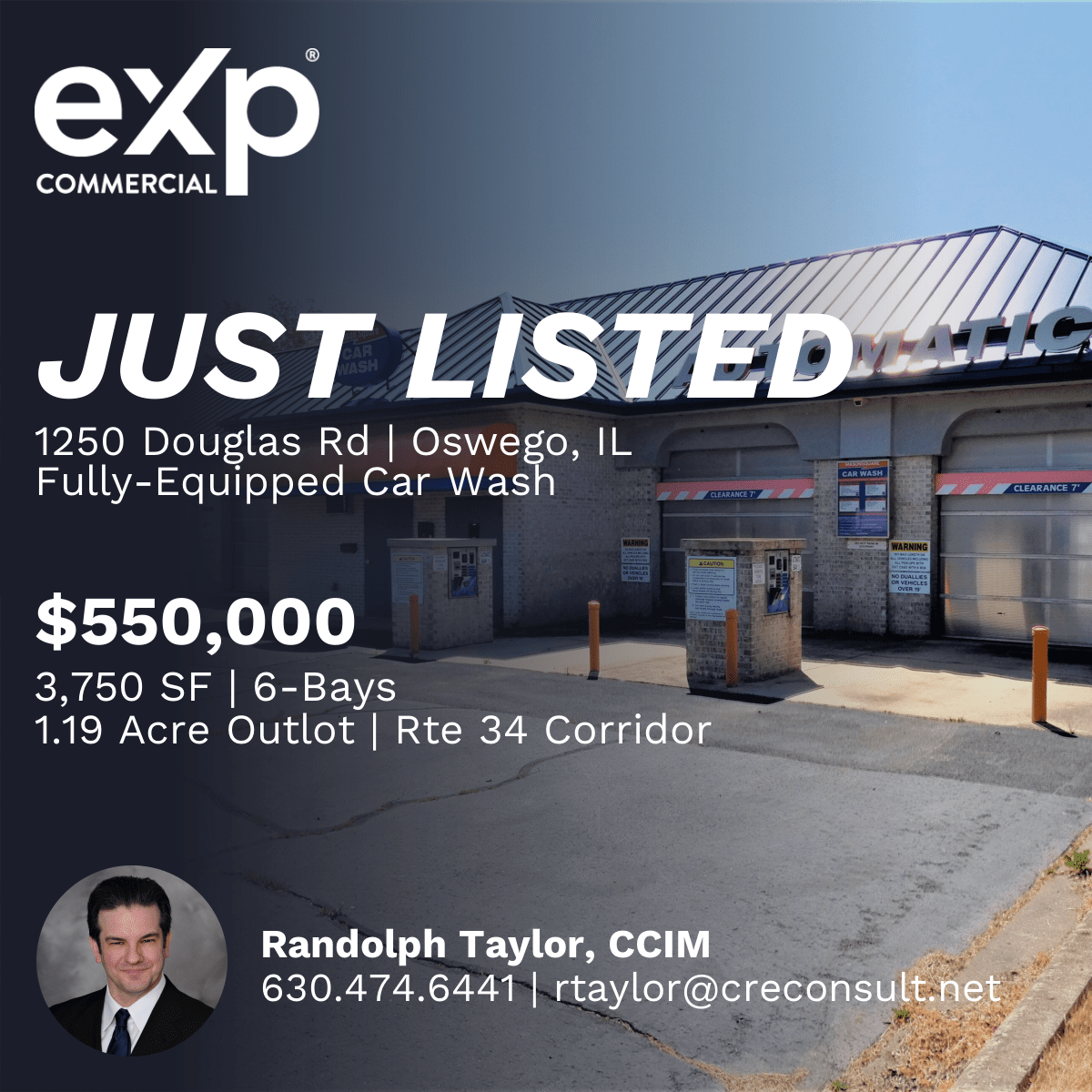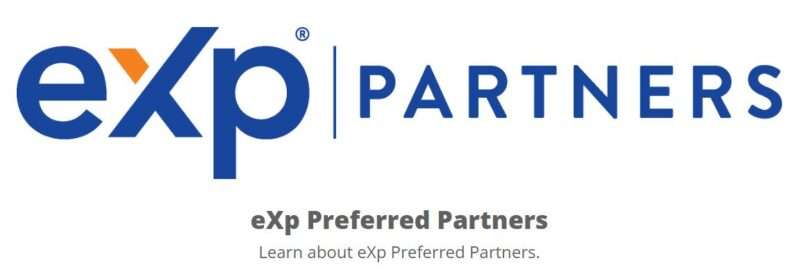
Whether you work at a financial institution, develop real estate, invest in property, or act as a broker, there’s a common thread that binds all facets of the real estate world together. It’s highly likely that you have one or more financial products like a credit card, debit card, deposit account, car loan, commercial real estate loan, and/or checking account. Sometimes one or more of these products are held with the same bank, credit union, or issuer.
As it relates to commercial real estate specifically, it is very common for a lender to require a borrower to open a checking account as part of the transaction. Because of this, it is critical that borrowers have awareness of a lightly understood and rarely enforced, but potentially devastating clause in a typical retail bank’s deposit account agreement known as the “Right of Offset.”
Right of Offset Defined
You may be thinking, what does a bank account have to do with my real estate loan? It is a fair thought, but whenever you have a loan and a checking/savings account with the same bank, understanding how the Right of Offset works is important, particularly if the loan repayments fall into a state of delinquency.
In non-legalease, the Right of Offset gives a bank the legal right to withdraw funds from your checking account, savings account, or any other account without any advance notice, to repay a delinquent loan, outstanding debt, or other fee. The terms of the Right of Offset are agreed to when deposit account agreement is signed and they are usually buried in tiny font and confusing language. To illustrate this point, consider the actual legal language from a national bank’s deposit agreement:
“Except to the extent otherwise agreed by you in writing, any loans, charges, service or analysis charges; overdraft or other obligations; or other indebtedness now or hereafter owed to us by you may be charged in whole or in part to the Account, to any other account(s) in your name, or to accounts of co-owners and of certain individuals, to the extent permitted by law.
You grant us a security interest in the balance of the Account and in any other account(s) in your name to pay all loans, charges, service or analysis charges; overdrafts or other obligations; or other indebtedness now or hereafter owed to us by you. In addition, we may exercise our right of set off without any advance notice to you and without regard to any other right that we may have against you or any other party. Such setoff shall be effective immediately upon the occurrence of the event giving rise to the set off rights, even though we may enter the set off on our books at a later date.
Our security interest and right of set off shall prevail and take priority over any adverse claim, change of ownership, pledge, attachment, garnishment, levy, court order, or other legal process of any kind whatsoever. Should one of these events occur, we may take any action permitted or required by law.”
Take a moment to let that soak in. By signing a deposit agreement, the account holder agrees to allow the bank to take funds from any individual account in their name or from joint accounts with co-owners and other individuals at will. Granted, this is rarely enforced, but when it is, it can drive a business or real estate project into insolvency.
Implications of The Right Of Offset – A Cautionary Tale
In a typical commercial bank, the sales staff (usually called Relationship Managers) tends to lead with loans, but are often responsible for meeting deposit goals as well. To meet those goals, they will leverage a loan approval into requiring the borrower to open one or more checking accounts with the bank. These may be an operating account for a business or a personal checking account, or both. In either case, the relationship manager will push the borrower to bring as many deposits as possible as a condition of loan approval. In the vast majority of situations this strategy is perfectly fine, but the cautionary tale below outlines the risk of this approach.
In the market downturn of 2006 – 2008, I worked at a bank as a Commercial Real Estate Underwriter and we had a client who was a well-regarded custom home builder. As the housing market turned south, they had increasing difficulty making required loan payments because their homes weren’t selling. After an extended period of delinquency, multiple failed efforts to restructure the loan, and many missed payments, the bank foreclosed on the properties/loans outstanding under the line of credit. In the march up to foreclosure, bank officials exercised their Right of Offset and, with little advance notice, withdrew a six-figure sum from the borrower’s personal checking account. They used the proceeds to repay the delinquency on their line of credit.
To say that the borrower was shocked and upset is a massive understatement. They had allocated the money as a “rainy day fund” and the sudden disappearance of it placed a major strain on their personal finances, credit score, and ability to support their homebuilding business. Worse, they had to learn a very hard lesson about the Right of Offset because they’d never heard of it before.
How to Protect Yourself
Start with the assumption that it isn’t possible to negotiate away the Right of Offset in a loan or deposit transaction. It is a foundational principle that the bank likely isn’t going to budge on. Also assume that not opening an account isn’t a likely option either. As part of loan closing, many banks require it.
So, commercial real estate borrowers are left with two options to protect themselves from an unannounced withdrawal by their bank. The first is simple, make the required loan payments on time. As long as this happens, the existence of the Right of Offset is a non-issue. If you fall behind, be transparent and realistic with the lender about your plan to get back on track.
The other option is to always be aware that the Right of Offset exists and manage cash accordingly. To the extent that it’s allowed under the terms of the loan, keeping separating personal and business checking at two different banks is a best practice. In addition, it can also make sense to have credit card accounts and personal loans with separate banks as well.
Conclusions and Summary
This article is not meant to instill fear. Instead, it is meant to inform readers that the Right of Offset exists in almost all banks. To be clear, the Right of Offset is rarely enforced and the kindest banks will provide some level of advance notice before exercising it. However, it is an important concept for commercial real estate borrowers and investors to be aware of should they ever become delinquent on their loan payments.
Disclaimer: This article is illustrative in nature only and not to be taken as legal advice. For questions about your specific loan and deposit situation, it’s best to consult with your banker. For legal questions, it’s best to consult with a qualified attorney who can provide advice specific to your situation.
Source: Understanding The Right of Offset
https://www.creconsult.net/market-trends/understanding-the-right-of-offset/

